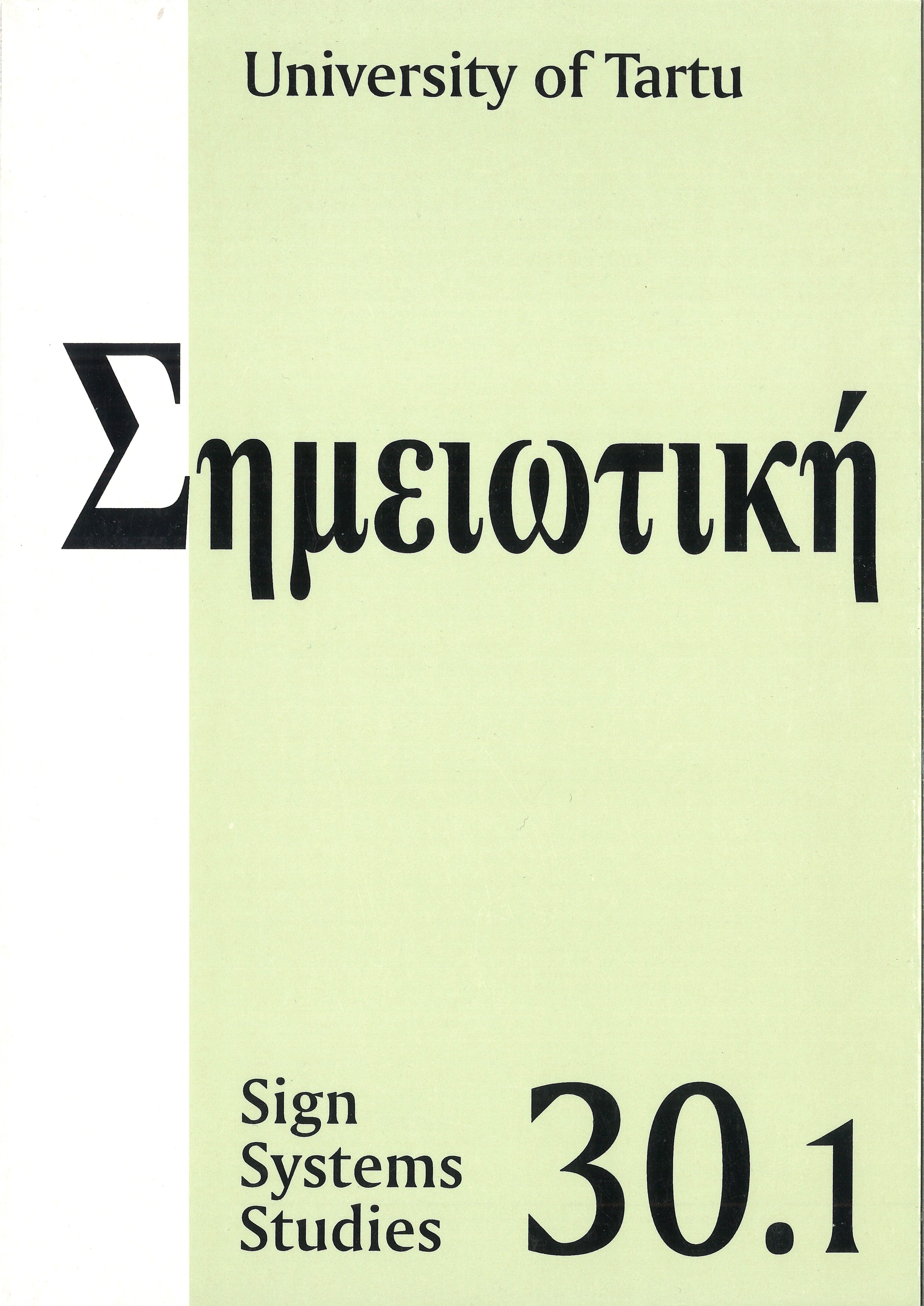Why and how to naturalize semiotic concepts for biosemiotics
DOI:
https://doi.org/10.12697/SSS.2002.30.1.19Abstract
Any attempt to develop biosemiotics either towards a new biological ground theory or towards a metaphysics of living nature necessitates some kind of naturalization of its semiotic concepts. Instead of standard physicalistic naturalism, a certain kind of semiotic naturalism is pursued here. The naturalized concepts are defined as referring only to the objects of our external experience. When the semiotic concepts are applied to natural phenomena in biosemiotics, there is a risk of falling into anthropomorphic errors if the semiotic concepts remain mentalistic. It is suggested that there really is an anthropomorphic error or “hidden prototype fallacy” arising from Peirce’s prototype for semiosis: the research process of an experimental scientist. The fallacy lies in the concept of the object of representation — it is questionable whether there are any objects of representation for bacteria and whether the DNA-signs have any objects. The conclusion is that Peircean semiotic concepts are naturalizable but only if they are based on some more primitive concept of representation. The causal origins of representations are not relevant, only their anticipative consequences (i.e. meaning).


